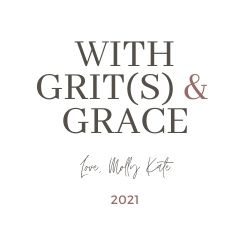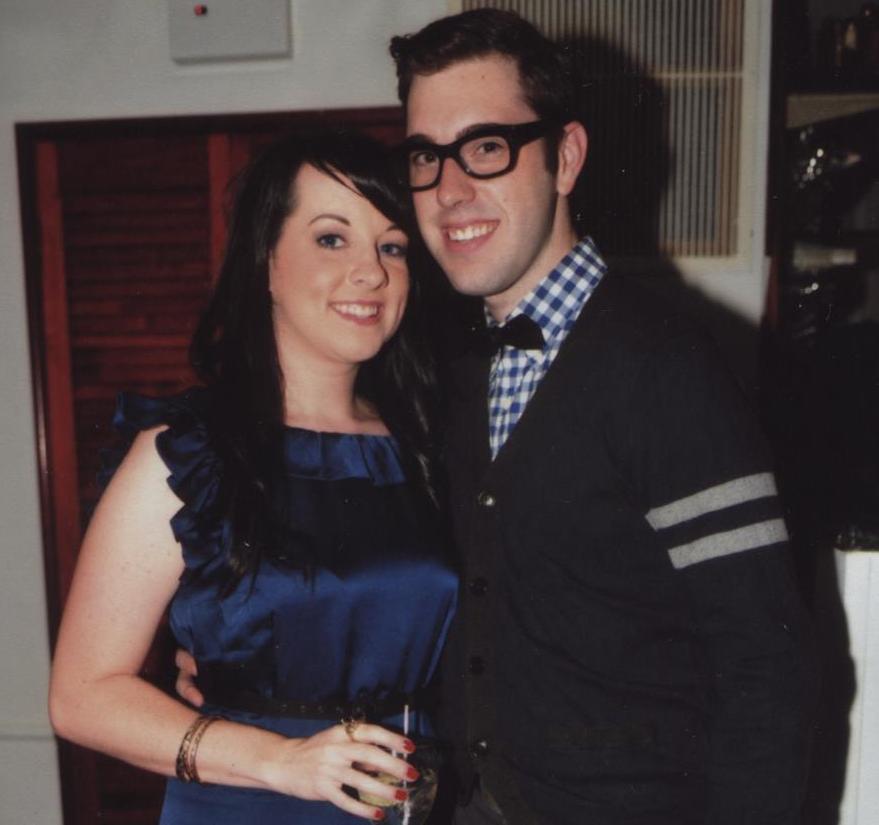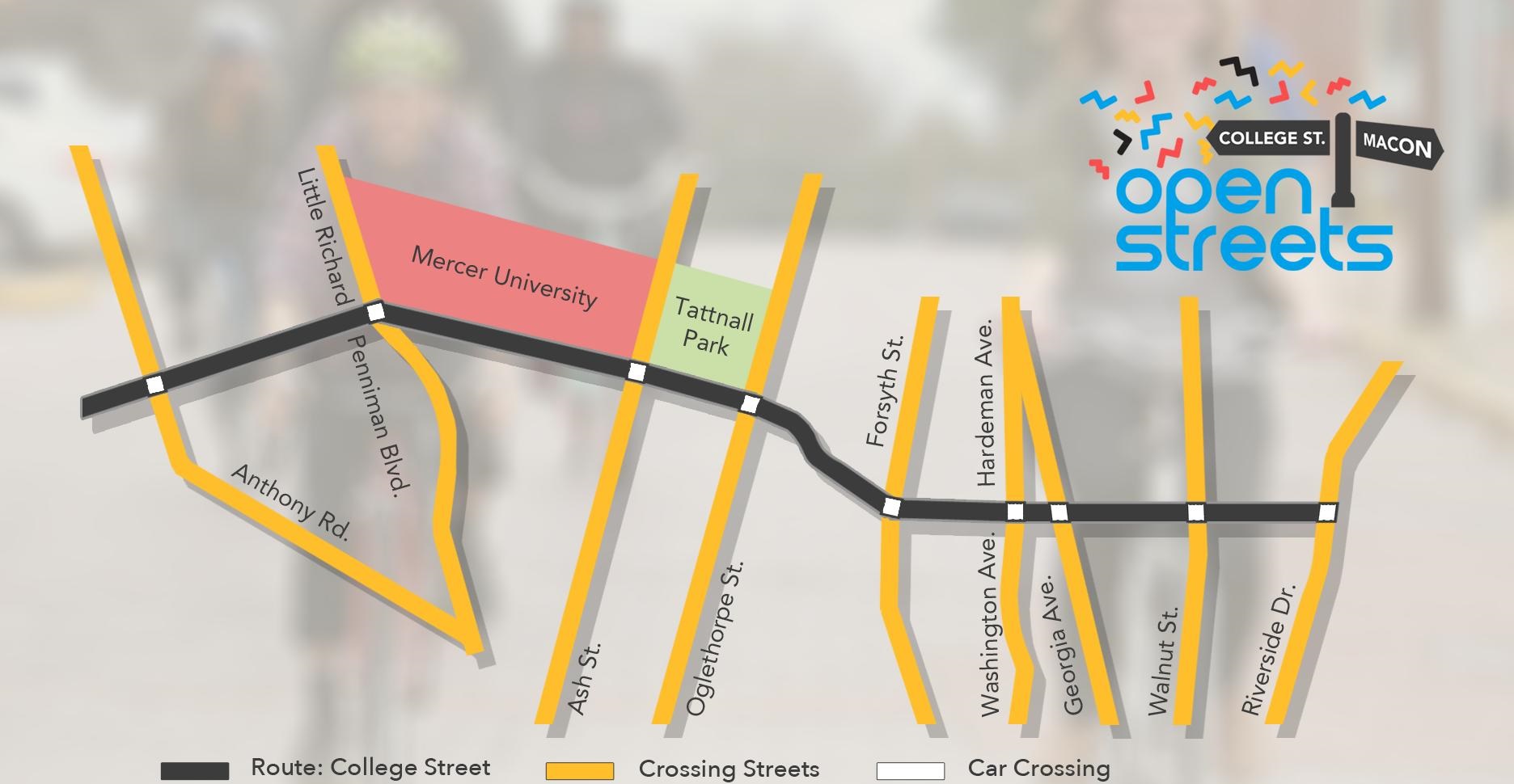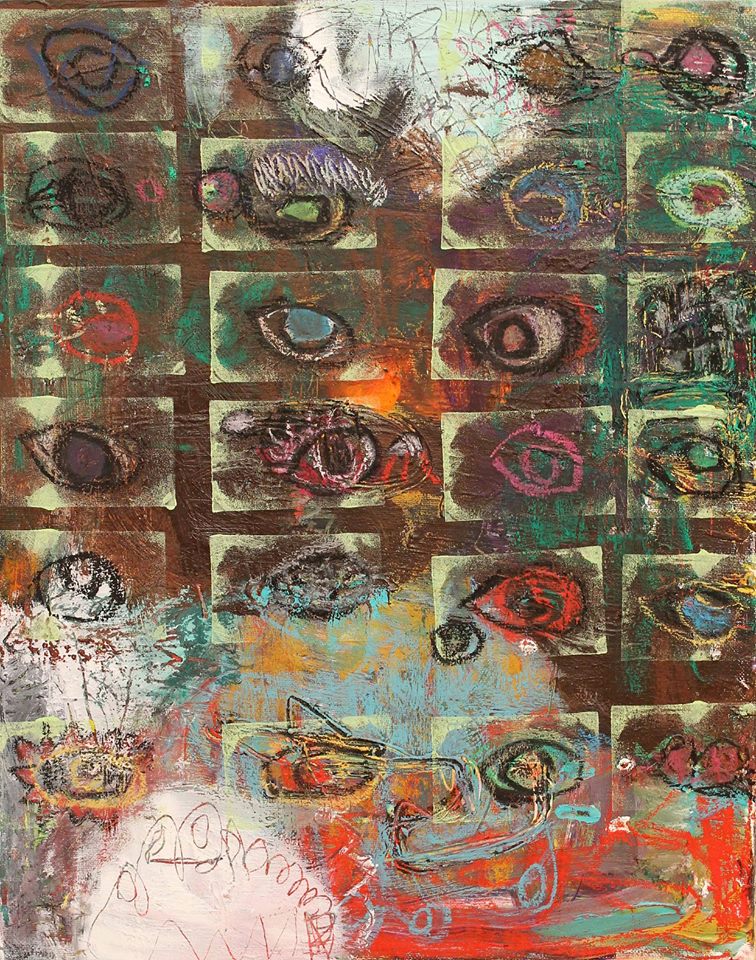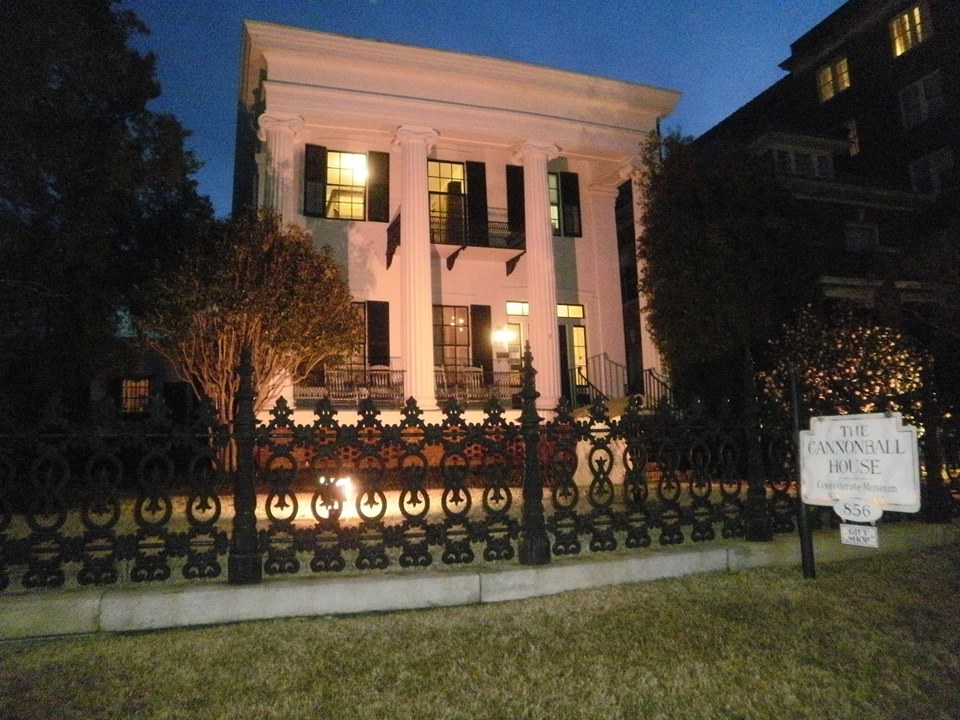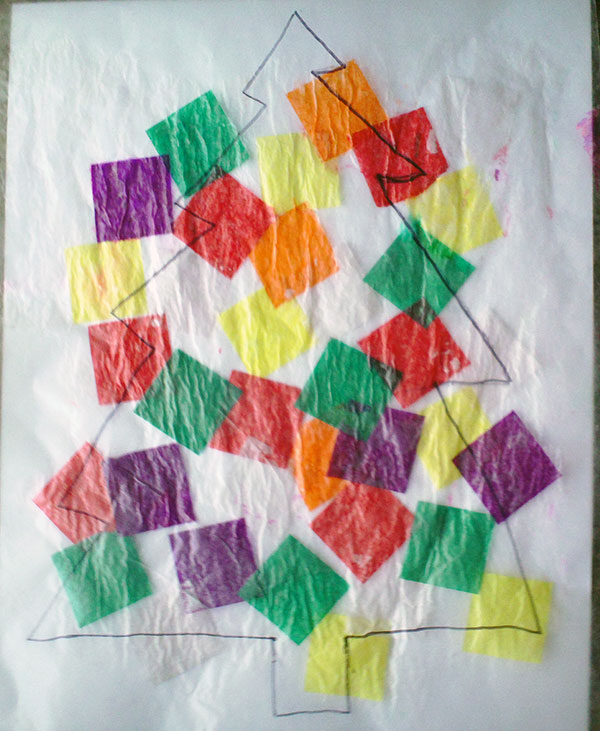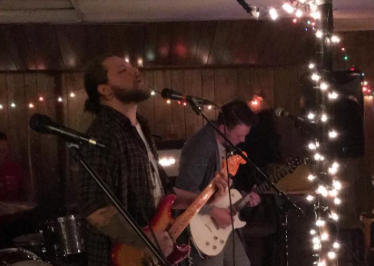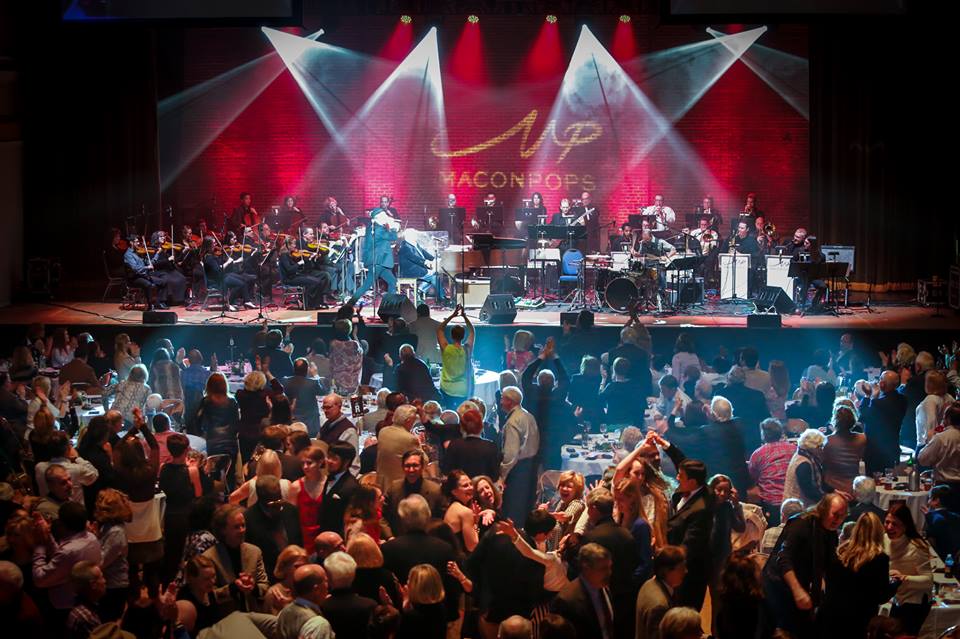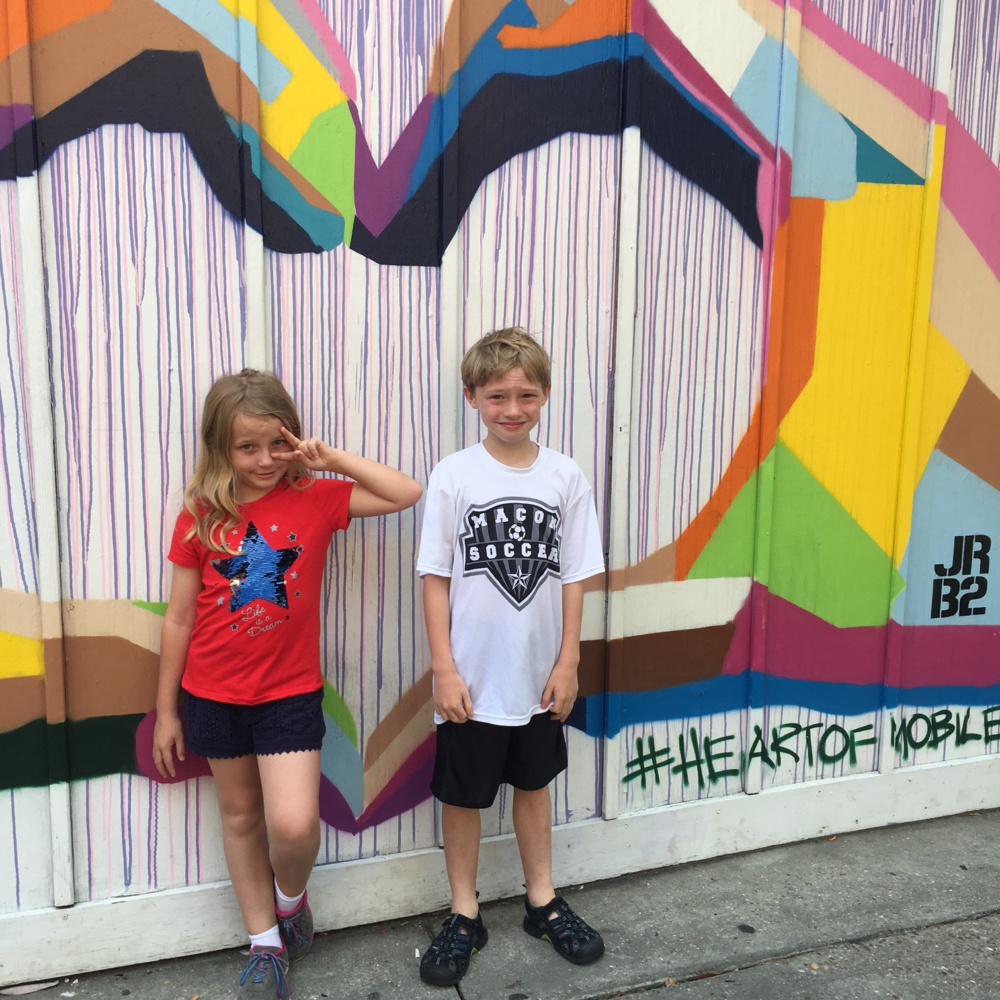Krog Street Tunnel: Shaking Off the Ashes
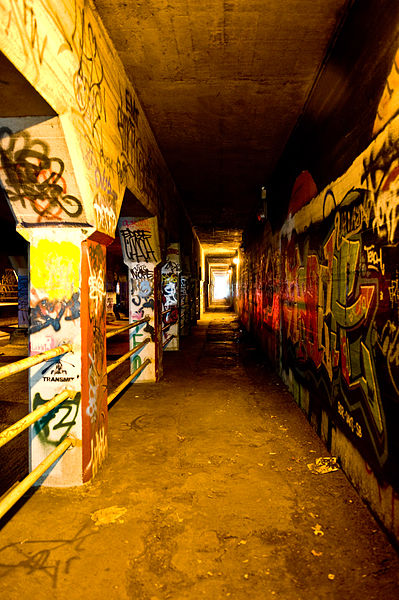
You’ve probably heard something by now regarding the Krog Street incident in Atlanta. For those of you who may be unfamiliar with the details of the incident, this is what I’ve gathered from news coverage, opinion pieces, and talking with Atlanta residents:
On the evening of Wednesday, Oct. 22, around 100 protesters buffed over the public art installation with gray paint and effectively “white-washed” the entire tunnel of the graffiti that had made it into an artistic destination. All that was left was a hashtag that read “Krog is not for sale.” This was done in response to the Krog Masquerade, a ticketed event that promised a “sultry underground event like no other” in the setting of the tunnel. Those in protest of the event were mainly against the idea of capitalizing on the artwork in the tunnel without compensating the artists responsible for the setting, as well as the general disruption of the area that would accompany the projected 2,000 or so attendees.
While the destruction of art in any form is something that I find inherently dangerous, and much has been said regarding the perceived futility and ineffectiveness of the drastic measures that were taken, what is especially troubling about this particular incident is that the protesters included some of the artists of the very graffiti that was being painted over; that the artists felt that the only way that they could protect their art was to destroy it. I understand why they did it. Many were acting out of solidarity with fellow artists, and in justified frustration that their local government was allowing such an event to occur after complaints by the artists and local residents. Painting over the Krog Street Tunnel made a statement and forced the people of Atlanta to listen to the artists that they had ignored, and the implications of that statement are still resonating throughout Middle Georgia.
As an outsider to the Atlanta area, I can’t speak for the local government officials and arts initiatives that were involved in the proceedings that led up to the buffing over of the tunnel by the protesters. It appears to me that it is in this sector that the root of the problem lies. In Macon, we are so fortunate to have organizations like Macon Arts Alliance that are truly representative of the local artists, and act as a go-between for arts and government to address creative concerns in the area. As a result, I can’t imagine Macon artists having to destroy their creations to prevent the purpose and the intention that was behind their work from being violated.
I’m still not sure what to think about the incident. Part of me wants to applaud the artists for standing up for themselves and preserving their creative autonomy; part of me is also highly disturbed and unsettled. Now that the event has passed, the artists of the Krog Street Tunnel are transforming the gray walls with new artwork that promises to be even more magnificent. Atlanta is ultimately a city of rebirth; there’s even a monument of a phoenix in the heart of the city that symbolizes the spirit of shaking off the ashes, real or metaphorical, and starting over anew. The artists of the Krog Street Tunnel are doing just that.
Anna Mae
